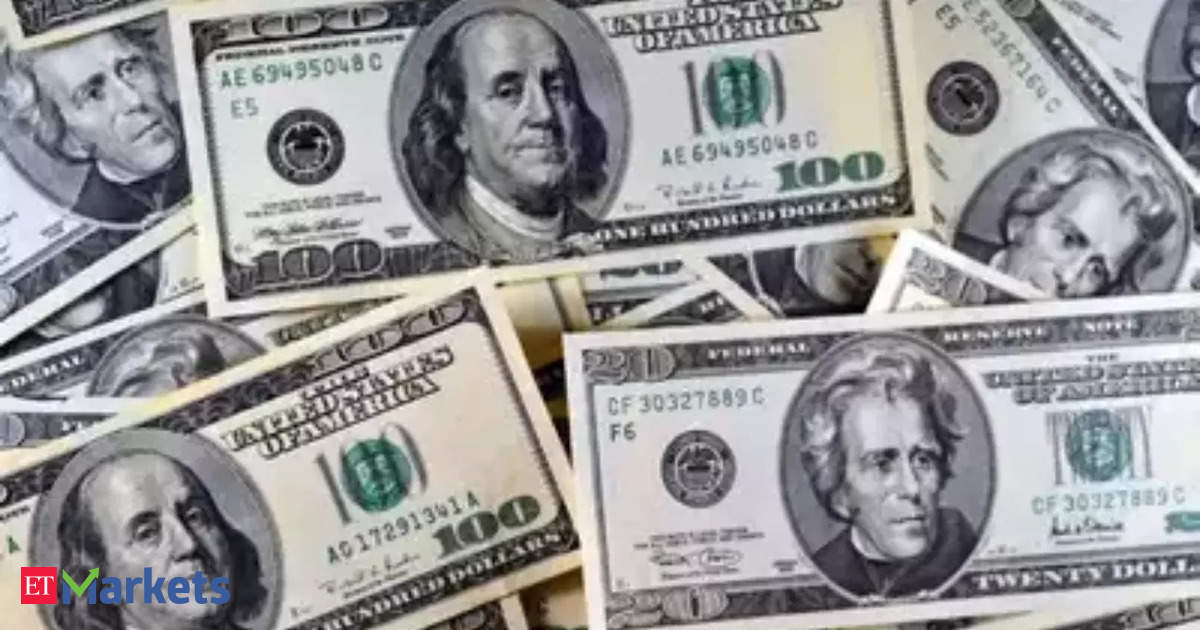Dollar drifts as traders eye US inflation data; frail yen in focus
They have had to dial back their expectations of rate cuts this year due to sticky inflation and are now pricing in 42 basis points of easing this year, with 60% chance of a cut in September, according to tool.
All eyes this week will be on the on Wednesday which is expected to show rose 0.3% month-on-month in April, less than 0.4% growth the prior month, according to a poll.
But before that, U.S. is due to be released later on Tuesday, which analysts will parse through to get a sense of whether inflation is heading towards the Fed's target of 2%.
"The focus will centre on the key items that feed into core personal consumption expenditures (PCE), i.e., healthcare services, portfolio management, and domestic airfares," said Tony Sycamore, market analyst at .
The euro was little changed at $1.0786 but is up 1% against the dollar so far this month, while sterling last bought $1.2554, up roughly 0.5% so far in May.
The dollar index, which measures the U.S. currency against six rivals, was last at 105.25.
Nearly two-thirds of economists expect the Fed to cut its key twice this year, starting in September, a Reuters poll showed. That's up from a just over half of economists in the previous survey.
YEN WORRIES
Traders are back on tenterhooks as the yen nears levels that saw suspected interventions by Tokyo. It was last at 156.32 per U.S. dollar, having touched a two-week low of 156.40 earlier in the session.Japan's is suspected to have intervened in the currency market at the end of April through early May after the yen hit a 34-year low of 160.245 on April 29.
But the market remains bearish on the currency given the massive gap between Japan's ultra-low yields and those in other major economies.
Japan's Finance Minister Shunichi Suzuki said on Tuesday the government will closely work with the on the to ensure there is no friction between their mutual policy objectives.
"We'll take all possible measures to closely monitor the currency," Suzuki said, adding it is important for the exchange rate to move in a stable manner reflecting fundamentals, rather than focusing on its level.
The yen was briefly supported on Monday when the Bank of Japan sent a hawkish signal by cutting its offer amount for a segment of Japanese government bonds.
Meanwhile, said Japan's commitment to allow the yen to move flexibly will help the central bank focus on achieving price stability, warning against growing calls by some analysts to use monetary policy to slow the currency's decline.
In other currencies, the Australian dollar and New Zealand dollar were both flat in early trading. The Aussie last fetched $0.6608, while the kiwi was at $0.6017
Source: Forex-Markets-Economic Times
